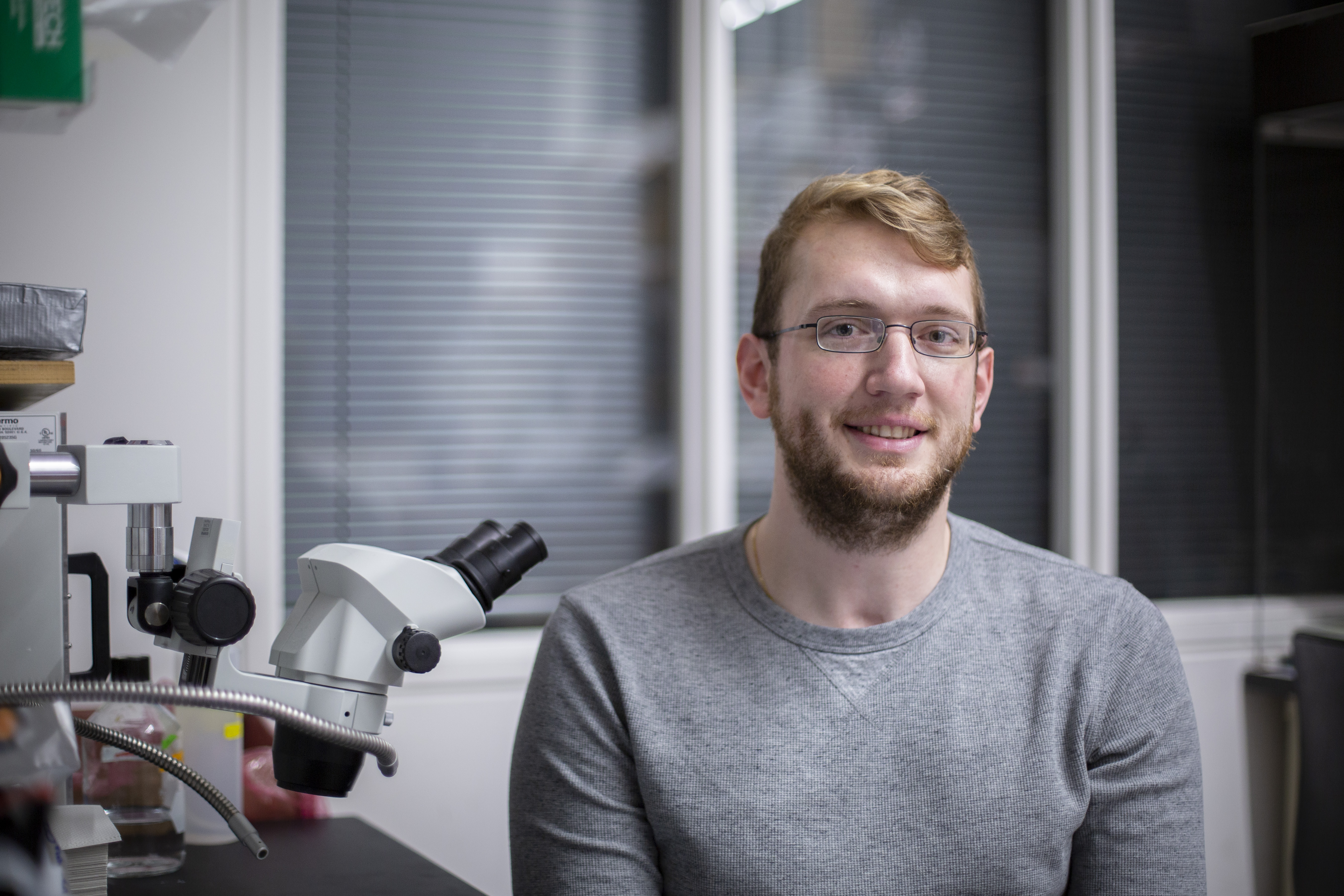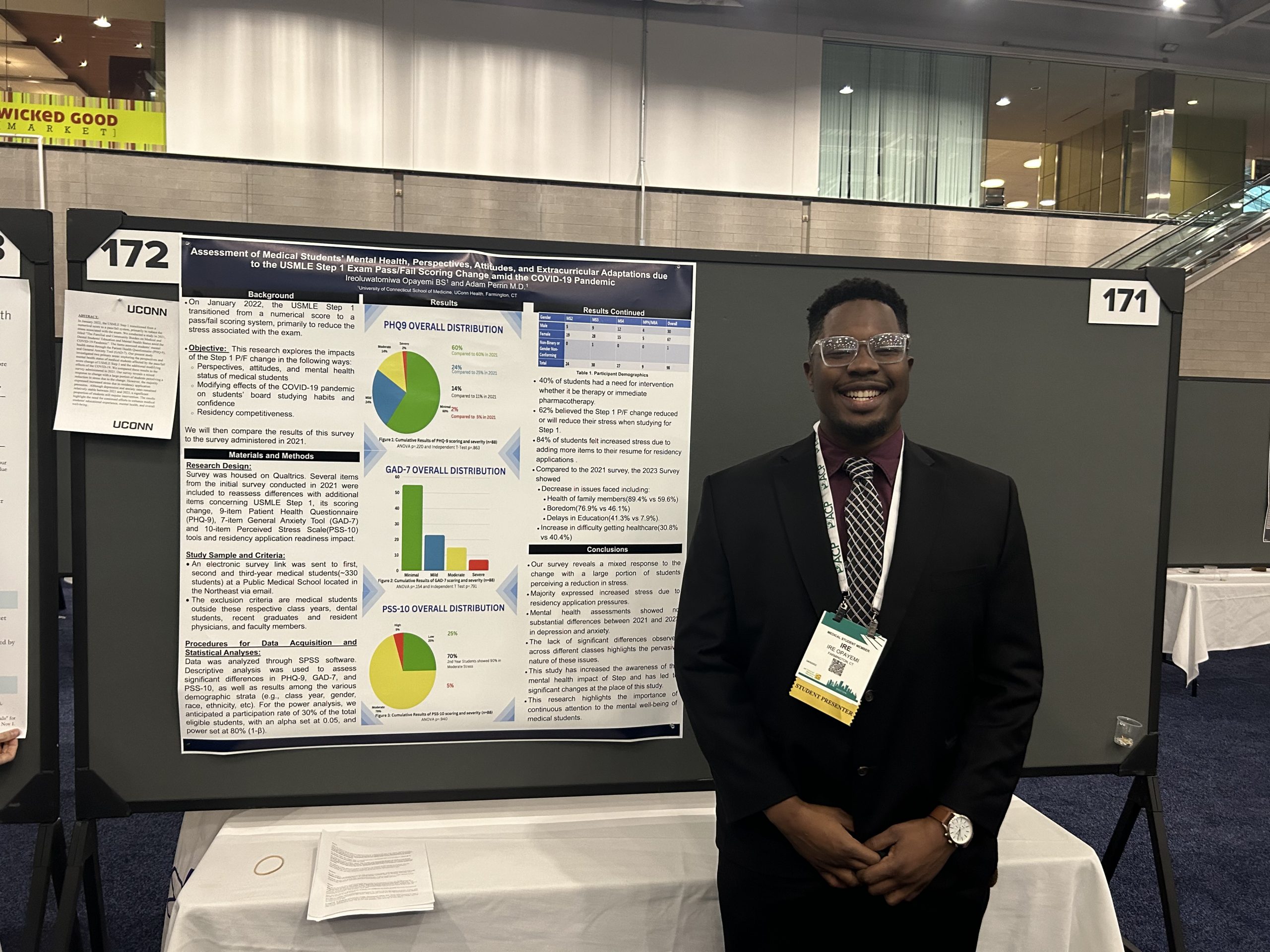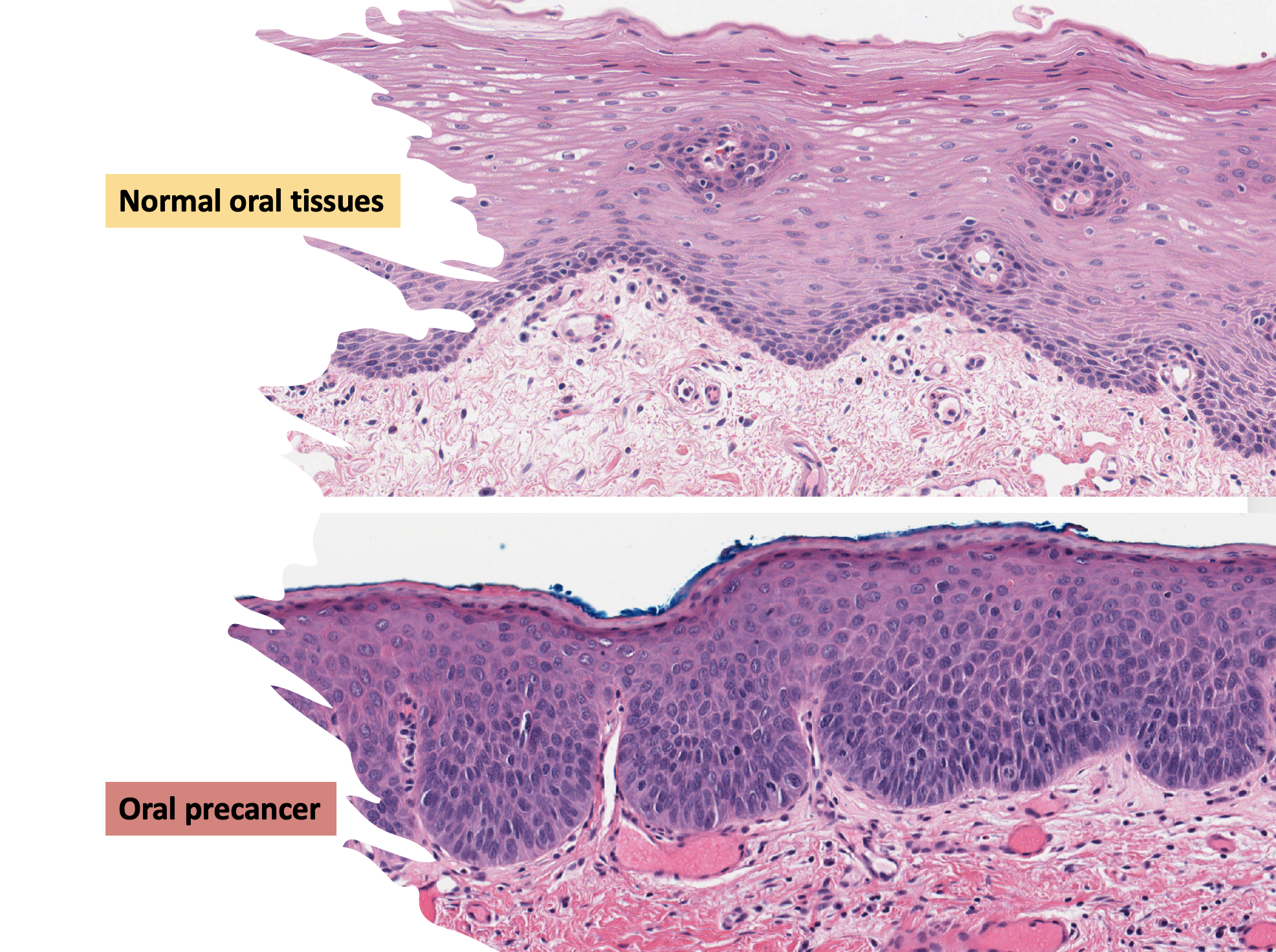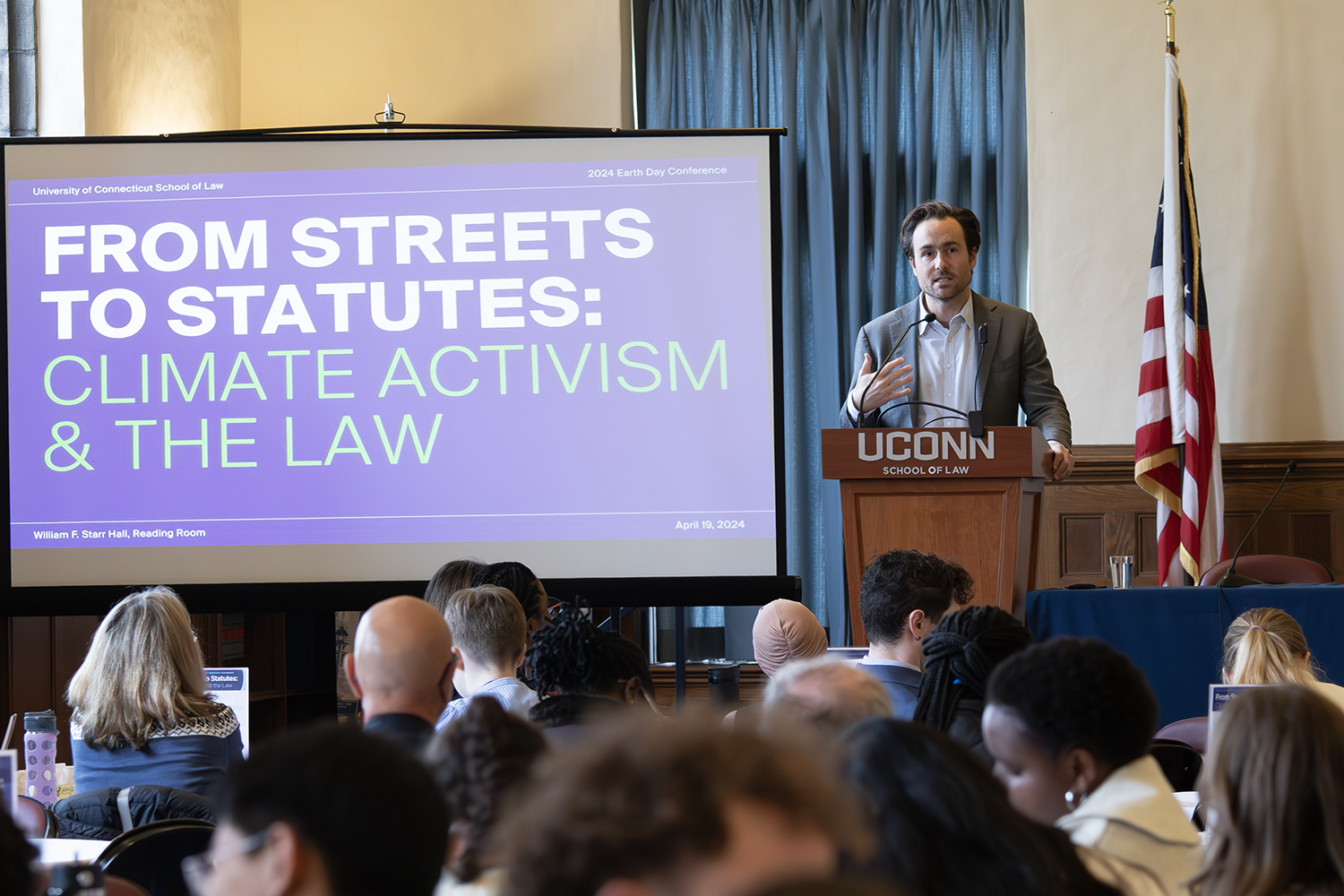Jeffrey Rasmussen ’20 (CLAS)
Major: physiology and neurobiology
Hometown: Kansas City, MO
Favorite place to study: His lab, situated between TLS and the Pharmacy building.
What made you want to study neuroscience?
I served in the U.S. Army for about five years before I came to UConn as a freshman at age 25. My job in the army was very psychology-based. I was a human intelligence collector, and I knew I liked trying to figure out what makes people tick and interpersonal communication. I started off as a psychology major at UConn. Then, in my introductory psych course, I discovered neuroscience. I fell in love with the possibilities of research, so I switched to physiology and neurobiology (PNB).
How has a CLAS education benefited you, as a student and for your future career?
The math department here is great. It made me interested in mathematics in a way that I definitely was not in high school. Also, the linguistics department and the English department were great. The professors and teaching assistants (TA’s) in different disciplines in CLAS have really piqued my interest in subjects that I never thought I would be interested in. By virtue of being a good teacher and being interested in their own fields of study, many CLAS professors have inspired me during my time here.
What impacted your UConn experience the most?
My mentors. Both principal investigators I work with have taken me under their wing and pointed me in a positive direction for my future career. They really listen to me and they have been integral in helping me find my next step. There are so many different things that you can do in the field of neuroscience, so having somebody guide you along the decision-making process is important.
How would you define success?
My goal at UConn was to learn as much about my field of interest as I could, so that when I graduated, I knew the different possibilities available to me for neuroscience. And the faculty in the PNB department facilitated that.
I started out in Doctor (Geoffrey) Tanner’s lab, then I moved to Dr. Rahul Kanadia’s lab a year after that. They both still help me, even though I have plans now to graduate and go somewhere else. They’re both still very important mentors to me.
What part of science are you the most interested in? Tell us about your research.
I’m doing research on a mouse model of amyotrophic lateral sclerosis (ALS, a group of rare neurological diseases that mainly involve the nerve cells responsible for controlling voluntary muscle movement). Over the last year, my job was to characterize the resulting mouse phenotype and to analyze whether the phenotype we are seeing is congruent with an ALS phenotype or not. Most of the work that I end up doing is more on the molecular side of neuroscience. But, I’m most interested in doing neuroimaging work with humans.
What do you plan to do after you graduate?
I’m starting the neuroscience Ph.D. program at Brown University, so I’ll be there for the next probably five or six years. I could potentially stay in academia, or I could rejoin the Department of Defense and do neuroscience research that way. I’m open to many possibilities after my time at UConn.



